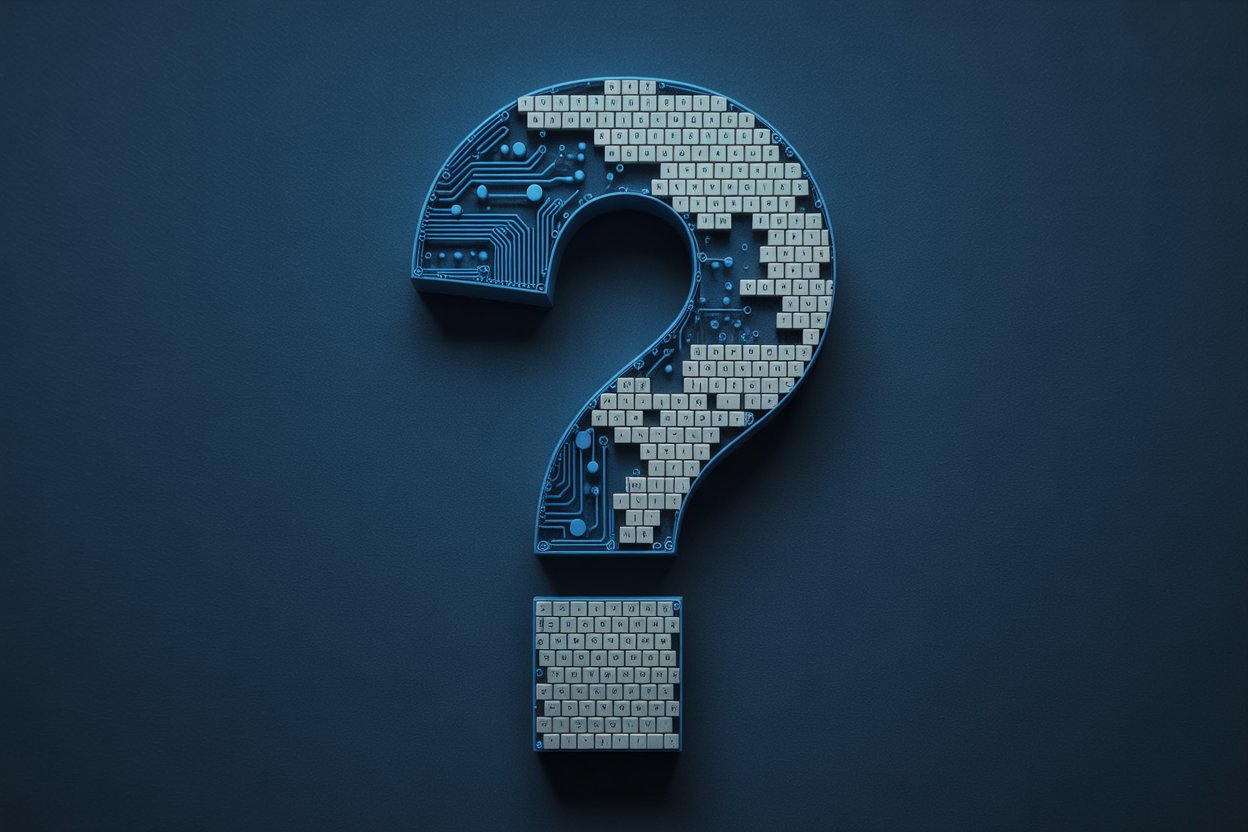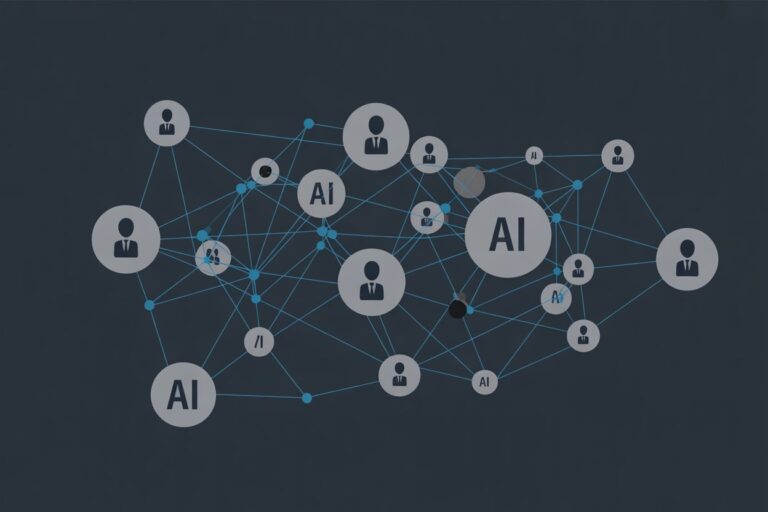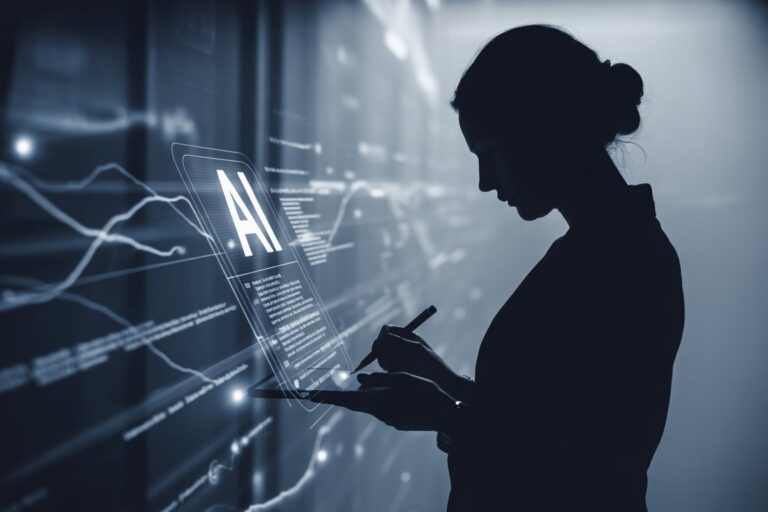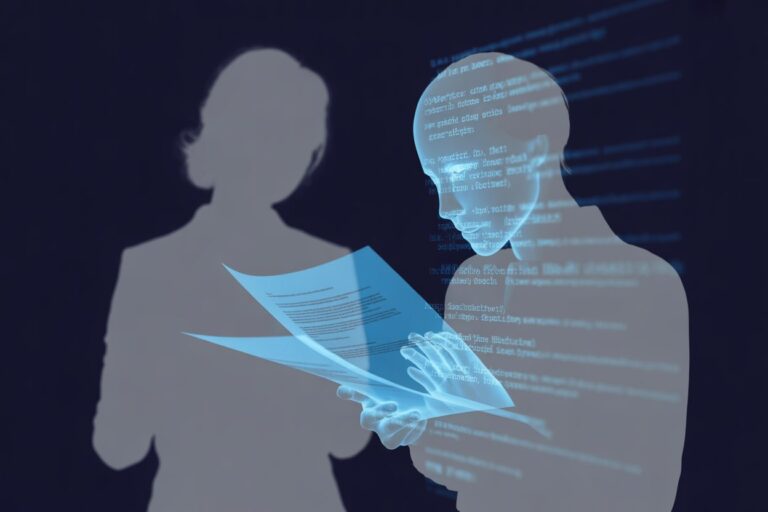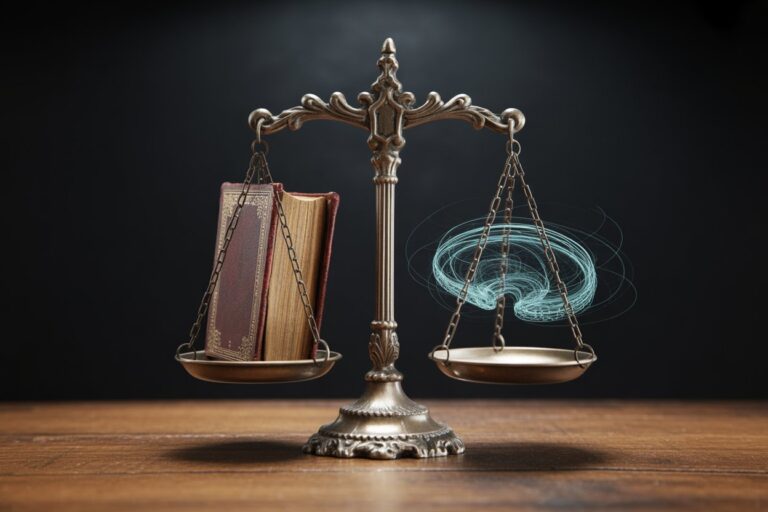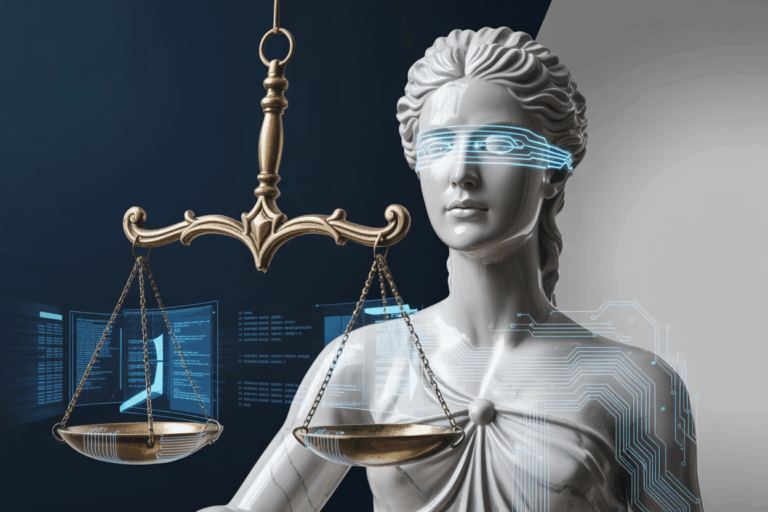Will AI-Powered Transcription Replace Court Reporters?
As courts around the world experiment with artificial intelligence to transcribe proceedings, the legal profession is confronting a foundational question: can machines safely shoulder the role of “guardian of the record”?
In July 2024, the Summit County Domestic Relations Court in Ohio received a $9,500 grant to install AI transcription equipment. The court labeled the move “not to replace court reporters,” but to assist them and reduce human workload. Still, the initiative marks one of the first publicly announced deployments of AI in courtroom transcription, with the caveat that official transcripts must still be certified by a court reporter.
Why now? Pressures reshaping court reporting
Court reporting already navigates tight labor margins. In many jurisdictions, stenographers are retiring faster than new recruits emerge, and hearing rooms are increasingly virtual or hybrid. The National Court Reporters Association (NCRA) warns that AI and automatic speech recognition (ASR) pose both opportunity and peril. Its 2023 white paper, “Emerging Ethical & Legal Issues,” flags risks including bias, chain of custody, and errors in legal discourse.
In the U.S., the NCRA recently retained a lobbying firm to press Congress and regulators on AI’s role in courts. The association cautions that AI used “without a stenographic reporter present to verify the chain of custody” could erode public confidence in judicial fairness. As of 2025, dozens of federal judges have issued standing orders requiring attorneys to verify any information generated by AI before submission to the court.
To be precise: AI has become more capable, but courtroom environments remain especially challenging. Overlapping voices, ambient noise, rapid speech, technical terminology, and objections mid-sentence all stress ASR systems. A 2024 ABA Journal podcast explores how automated tools compare with human stenographers, highlighting the gap between promise and performance.
International experiments and scholarship
In India, the Supreme Court is developing AI transcription and translation tools for its benches. One scholarly paper analyzes that project under the lens of “High-Risk AI,” referencing the proposed EU AI Act’s frameworks.
Worldwide, the academic intersection of legal doctrine and AI transcription remains thin. The majority of scholarly work addresses AI in legal research, document review, and predictive analytics (for instance, a 2020 arXiv paper on NLP in the legal system). But the transcription domain is gaining attention. The NCRA itself frames a research agenda for “readiness of the legal justice system for ASR, voice cloning, and AI” in courtroom settings.
Obstacles to displacement: do machines meet legal standards?
Even a highly accurate transcript is only part of the challenge. Legal systems demand authenticity, reliability, and certified chain of custody. Human court reporters often certify a transcript under oath, a function AI cannot perform. In the event a transcript is challenged, a licensed stenographer can be called to testify about its authenticity. AI cannot.
Next, bias. Empirical studies and industry commentary suggest ASR systems may perform unevenly across speaker demographics. The Daily Journal warns that error rates for Black speakers may be nearly double those for white speakers because of imbalanced training data. In a justice system dedicated to equality, such disparities raise serious due process concerns.
Certification and oversight pose another hurdle. AI systems are opaque by nature, and legal actors may demand transparency about model training, prompt design, and error patterns. Courts may require proof that a transcript wasn’t manipulated. The NCRA warns of deepfake and audio forgery threats in its white paper, noting that data tampering is easier in an all-digital chain. Storage of digital media on traditional hard drives also presents risks, with analysis showing only 80 percent of hard drives reaching their fourth anniversary without malfunction.
Accuracy limitations compound these concerns. While AI transcription providers claim high accuracy rates (some citing 90 percent or higher), these figures often come with caveats. Industry analysis notes that depositions, court hearings, and multi-party conversations confuse AI systems, which struggle to differentiate speakers, apply correct punctuation, or maintain context in complex legal proceedings.
Hybrid models: the transition path
Rather than full replacement, many see a practical middle ground: hybrid transcription. Under that model, AI produces a rough draft, and a human reviewer (often a certified reporter) edits, corrects, and certifies. Courts may continue to require human sign-off to ensure legal standards are met.
The Summit County experiment embodies that approach: AI transcribes, but certification remains human. In Texas, legal commentary is already invoking hybrid safeguards like “read-and-sign” review procedures, allowing parties to correct transcript errors before finalization.
This hybrid model also addresses workforce concerns. Rather than eliminating court reporter positions, AI tools can free licensed reporters to handle more complex work while maintaining the accountability the justice system requires. Recent data from California’s Deposition Reporters Association shows a surge in new court reporters completing training, with 58 students passing the dictation portion of the exam in July 2024 compared to just 12 in July 2021, a 383 percent increase suggesting the profession is adapting rather than disappearing.
Emerging litigation and disclosure risks
The rush to adopt AI transcription has created new legal risks. Law firms warn that AI may misinterpret or misattribute words, especially in complex or overlapping conversations. Inaccuracies may only be discovered later, when the transcript is implicated in litigation. By then, it is too late to correct the document, and it may be difficult to obtain compelling human testimony about what was actually said.
Privacy concerns add another layer. Many AI transcription services store, process, or analyze uploaded audio, creating potential confidentiality issues. If a firm deals with sensitive client information, trusting AI can be a compliance risk, particularly when vendors may be located outside the court’s jurisdiction and beyond the reach of subpoena.
What lawyers should watch
For now, lawyers and courts should treat AI transcription as a tool, not a substitute for human oversight. Key best practices include:
- Contract with vendors that log edits, preserve version history, and provide audit trails.
- Require human review and certification. No transcript goes to court unvetted.
- Insist on model documentation (bias testing, error rates by speaker group, version control).
- Clarify which parts of a filing or proceeding used AI. Transparency helps manage risk and complies with judicial standing orders.
- Ensure confidentiality protections. Verify that transcription vendors do not store, analyze, or use audio files for training AI models without explicit consent.
- Monitor bar guidance or court rules that may emerge to regulate AI transcription usage.
The bottom line
The question is not whether AI can transcribe. Today, it often can, but whether that transcription can satisfy the legal guarantees courts demand. Technology may capture spoken words, but legal transcription requires more: accountability, certification, protection against bias and manipulation, and the ability to testify under oath about a record’s authenticity. In the near future, hybrid systems built on human validation seem likeliest. Complete replacement will require breakthroughs not only in accuracy, but in transparency, auditability, and trust.
As one court reporting professional noted, “AI transcripts do not have certification pages, nor can AI be called to testify in court.” Until those fundamental gaps are addressed, the human element remains essential to the integrity of the judicial record.
My Take
AI systems for court reporting should remain as backups and assistive tools, not full replacements. The cautionary reasons are clear and compelling.
The cost of human court reporters is minor in the overall legal budget, yet the potential cost of an AI transcription error could be enormous. One misheard word or flawed transcript can alter the course of justice. The risk is simply not worth the reward.
What do you think? Leave a comment below
Sources
ABA Journal | arXiv | Daily Journal | Ideastream / WOSU | NCRA White Paper | Perkins Coie | Reuters | SpeakWrite | Texas Bar
Disclosure: This article was prepared for educational and informational purposes only. It does not constitute legal advice and should not be relied upon as such. All cases, ethics opinions, and sources cited are publicly available through court filings, bar association publications, regulatory bodies, and reputable media outlets. Readers should consult professional counsel for specific legal or compliance questions related to AI use.

